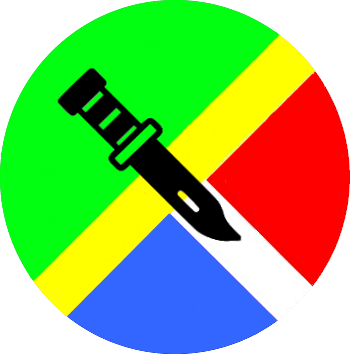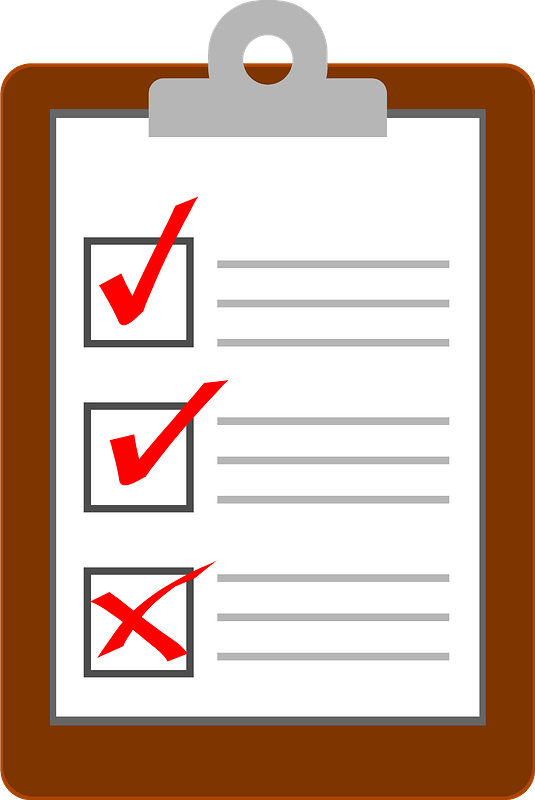
MAINTENANCE > SCHEDULE > THREE MONTHS
Three Months

General Inspection
Look underneath the vehicle for signs of rust or damage to the exhaust system.
Check for any leaks unde r the vehicle.
Listen for any unusual noises when starting or driving the car.
Engine
Engine oil: Check the oil level and condition. Top up if necessary. Coolant: Ensure the coolant level is between the minimum and maximum marks. Brake fluid: Check the brake fluid level in the reservoir. Power steering fluid: Verify the power steering fluid level (if applicable). Automatic transmission fluid level. Windscreen washer fluid.
Check the battery terminals for corrosion and ensure they are securely connected. Test the battery voltage with a multimeter if needed.
Inspect the air filter and replace it if it appears dirty or clogged.
Condition of any belts in the engine.
Body
Inspect wiper blades for wear and tear. Replace if they are streaking or not functioning properly. Ensure the windshield washer fluid reservoir is filled.
Test headlights (high and low beam), taillights, brake lights, turn signals, and hazard lights.
Wheels
Tire tread and signs of uneven wear. Spare tire pressure.
Cabin
Hooter or horn sound. Cabin light. Replace expired items in First Aid kit.